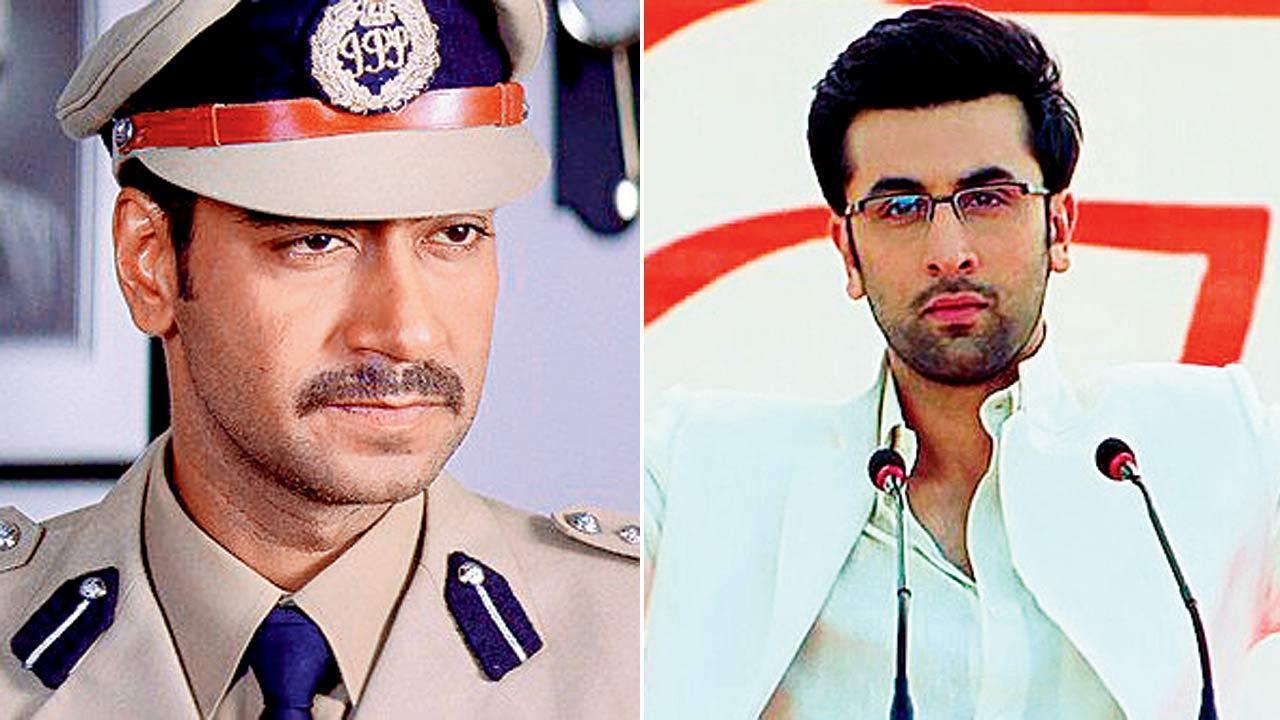
When it comes to box office numbers, the common assumption is that films with the ‘masala’ factor—star power, grand budgets, and exotic locations—are the only ones that score big. The dazzling allure of high-profile movies often suggests that they are the only road to historic box office collections. However, the past few years have seen a significant shift as several low-budget films have defied these myths to achieve superhit status.
Today, we spotlight a particularly exceptional film that shattered these stereotypes upon its release in 2012. This movie featured a renowned Bollywood actress in the leading role and boasted a cameo by none other than Amitabh Bachchan. Also pivotal to its success was the remarkable Nawazuddin Siddiqui.
The film we’re talking about is ‘Kahaani,’ a narrative centered around Vidya Bagchi, a pregnant woman portrayed brilliantly by Vidya Balan, who is on a mission to locate her missing husband in the bustling city of Kolkata during the auspicious occasion of Durga Puja. Directed by Sujoy Ghosh, ‘Kahaani’ offers a gripping storyline that keeps the audience on the edge of their seats.
Released on March 9, 2012, ‘Kahaani’ received widespread critical acclaim and was an overwhelming success at the box office, thanks to its unique and engaging storyline. Made on a modest budget of Rs 8 crores, the film amassed a staggering Rs 104 crores, cementing its position as one of Vidya Balan’s most successful ventures.
The film’s budget-to-earnings ratio is not just impressive; it’s a testament to the compelling nature of its storytelling and powerful performances. Vidya Balan, in particular, was lauded for her portrayal of Vidya Bagchi, bringing depth and nuance to the character that resonated deeply with audiences.
‘Kahaani’ also made waves during the award season, winning three National Film Awards. Sujoy Ghosh was honored with Best Screenplay (Original), Namrata Joshi received the award for Best Editing, and Nawazuddin Siddiqui was recognized with a Special Jury Award for his compelling performance. These accolades further reinforced the film’s impact on Indian cinema.
The success of ‘Kahaani’ was not an isolated event. The film inspired a sequel, ‘Kahaani 2,’ which was released four years later.
. According to Sacnilk, the sequel, made with a budget of Rs 25 crores, went on to earn Rs 55.90 crores worldwide, showcasing the audience’s continued interest in the intriguing narrative crafted by Ghosh.
The story of ‘Kahaani’ is a powerful reminder that cinema can transcend conventional formulas to achieve greatness. While star power and extravagant budgets can drive initial interest, the heart of successful cinema often lies in its story and the authenticity of its characters. Vidya Balan’s portrayal of a determined and vulnerable woman, coupled with a well-constructed plot, made ‘Kahaani’ a landmark film that continues to inspire.
Amitabh Bachchan’s cameo in ‘Kahaani’ further added to the film’s allure. Despite his limited screen time, Bachchan’s presence had a significant impact, bringing additional depth and gravitas to the narrative. Similarly, Nawazuddin Siddiqui’s role in the film showcased why he is considered one of the finest actors in Indian cinema today. His nuanced performance added layers to the story, making it even more gripping.
The film’s setting in Kolkata during Durga Puja was another element that drew audiences in. The vibrant festival provided a rich backdrop that was both visually stunning and culturally resonant. This setting wasn’t just for show; it was an integral part of the narrative, adding to the film’s authenticity and emotional depth.
‘Kahaani’ broke barriers and redefined what a successful film could look like in Bollywood. It proved that with a compelling story, strong performances, and skilled direction, even films without colossal budgets or A-list stars could achieve both critical and commercial success. The legacy of ‘Kahaani’ continues to influence filmmakers and audiences, reminding them of the power of good storytelling.
In conclusion, ‘Kahaani’ is more than just a film; it’s a testament to the potential of Indian cinema to surprise, engage, and move audiences. It challenges the status quo and sets a precedent for future filmmakers to focus on authentic and compelling narratives as the true drivers of cinematic success.










